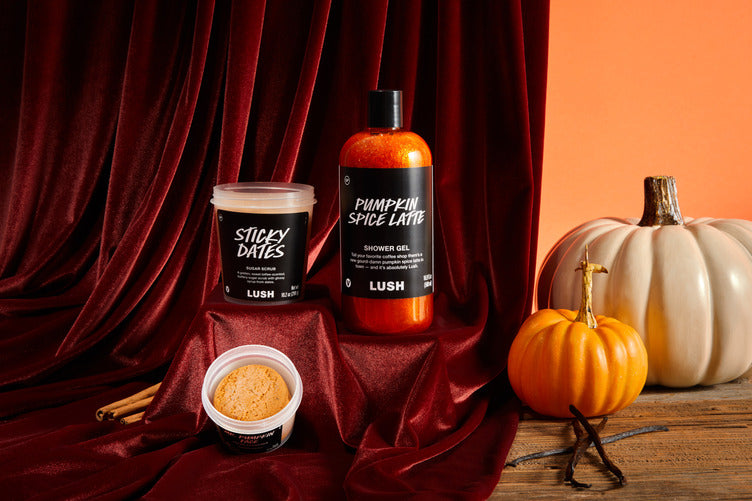Synthetic preservatives have enabled us to create food that stays edible for longer and cosmetics that won’t spoil on the shelves of our bathrooms. But when product goes down the drain it enters our water system and becomes part of a cycle that is essential to life on earth. Aquatic plants and animals ingest chemicals that, in large quantities, could affect them adversely, and these are then passed on to other animals higher in the food chain.
This process - known as bioaccumulation - has had negative effects on our environment before. In the 1950s and 60s, a common insecticide was found to have caused bird eggs to weaken, meaning the shells cracked when parents tried to incubate their young.
Similarly, the use of insoluble chemical flame retardants (also known as PCBs), first used in the 1940s before they were banned 30 years later, still has an impact on killer whale populations today. Killer whales accumulate the chemicals, which negatively affect reproduction rates and the mammals’ immune systems, from their prey and pass the toxins on to their calves. Dr Paul Jepson from the Zoological Society of London explains: "Even though PCBs have been banned they're just so resistant to breaking down in the environment. The decline of these pollutants is happening very slowly.”
Cosmetic preservatives and non-biodegradable materials also accumulate in our water systems and contribute to this pollution. In 2016, an environmental audit committee estimated that between 15 and 51 trillion microplastic particles have accumulated in the oceans, with between 80,000 and 219,000 tonnes of microplastics entering the sea from Europe each year.
Conservation research fellow at Oregon State University Stephanie Green explains, “We're facing a plastic crisis and don't even know it. Contaminants like these microbeads are not something our wastewater treatment plants were built to handle and the overall amount of contamination is huge. The microbeads are very durable."
Australian researchers found that fish who ingested microbeads accumulated higher levels of pollutants in their systems. Lead investigator Bradley Clarke concluded, "All plastic attracts and concentrates toxic chemicals when in water, but this problem is compounded with microbeads because of their size and surface area."
In 2015, a total of 75,000 metric tonnes of preservatives were used in cosmetic products globally, giving extra incentive to protect the ecosystems that are essential to our survival from pollutants and non-biodegradable materials. Finding more natural ways to preserve products, with ingredients like honey and sea salt which break down harmlessly, will give additional benefits to the skin and hair and reduce our impact on the world around us.
At Lush, when a synthetic preservative is necessary, we use a minimal amount. Learn more about our concept of self-preserving or our use of preservatives.













